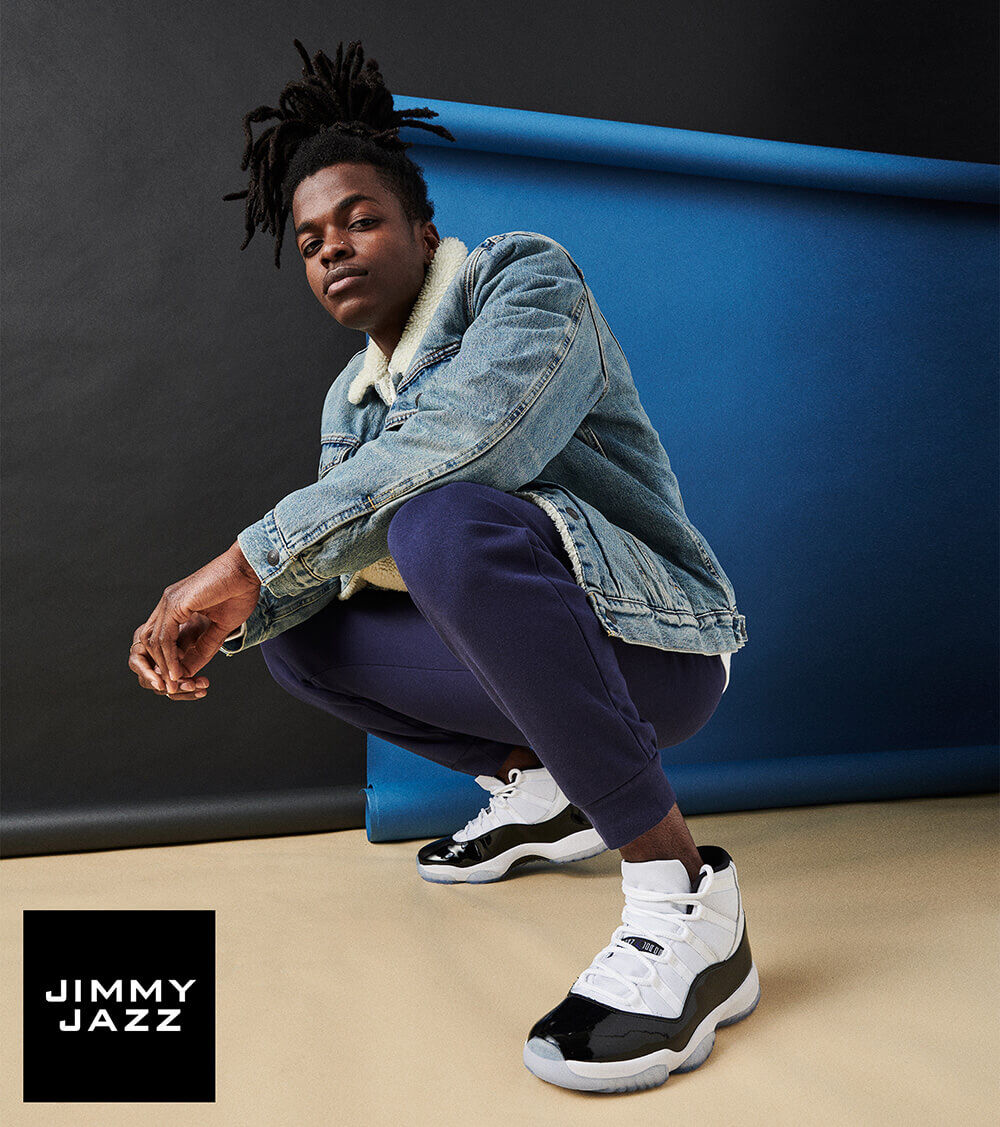![]()
Source: Jimmy Jazz | Shoes, Streetwear, Sportswear & Designer Clothes
Jimmy Jazz has long been one of my favorite retail chains that was built around the Nike wall. In past posts, I explained that the Nike wall wasn’t a good thing for retailers. Jimmy Jazz, however, for years has been able to capitalize on smart store design to enhance the shopping experience. There use of subtle floor layout to create funnels towards each product display I celebrated on a visit to their flagship:
Nike’s CDO is Creating One Standout Brick and Mortar Store Chain | Jimmy Jazz Harlem
I’ve written about Fresh Selects, Mobile Checkout and the new app experience of Jimmy Jazz as reasons why the retailer has been able to keep up with the adjustments by Nike’s Consumer Direct Acceleration. Last week I took a sixteen hour trip across the south. Jimmy Jazz’s expansion throughout Mississippi, and the rest of SEC country was moving well. Every company has been affected by Covid. The slow down in shipments hasn’t improved for account holders. Last year I wrote a predictive article based on opportunistic contraction:
Forced or Opportunistic Contraction? Empty Shelves at Sneaker Retail
In that post I wrote:
Both Nike and adidas are touting their DTC growth in quarterly reports. Why would a brand deliver hot products that could be sold on their own platforms at a bigger margin? In larger stores product is showing up, so let’s reverse the question. Could retail chains be forcing contraction of underperforming stores by not delivering product to those stores?
I shared pictures of the adidas wall in the post, but I didn’t post the Jordan/Nike wall. I posted that picture in this Champs article:
If this Champs Wall is an Indication of Foot Locker’s Upcoming Q1 2021 Earnings …
Jimmy Jazz Looks Like Footaction
FootLocker recently announced that leases wouldn’t be renewed on Footaction stores and that they were folding the brand into Champs. Eastbay, in May of 2020, was combined with Champs. As FootLocker adjusted to the slow shipping of Nike and the dropshipping program with Nike, their walls began to look like diet versions of retail. The FDRA has been talking about the congestion in ports around the world that is slowing the shipping of product, and that explains the problems, but seeing the emptiness at retail, the redundant SKUs in visual merchandising, is evidence that a shift has taken place. In the last year and a half, the Footaction in Memphis began to look like an outlet. The store didn’t even get the numberless drops via the app. When Footaction announced they would be closing those doors and turning the remaining stores into Champs, it was evidence of Nike’s squeeze on FootLocker.
I took a 16 hour drive from Memphis to Miami and Jimmy Jazz stores look like Footaction stores. This isn’t an issue since all stores show a slow down in shipping inventory, but Jimmy Jazz has never looked like it does now. (I was on the road to drop my son off at college, so I didn’t take pictures.) Jimmy Jazz is the last of the major indie chains standing. When the owner purchased 5% of the shares in Hibbett Sports, it signaled to me that Jimmy Jazz might be the next chip to fall in the sneaker retail collapse under the weight of Nike. That didn’t happen as FootLocker purchased Atmos and WSS. After seeing multiple stores on my road trip, I would estimate that in 6 months, Jimmy Jazz will be owned by another chain.


